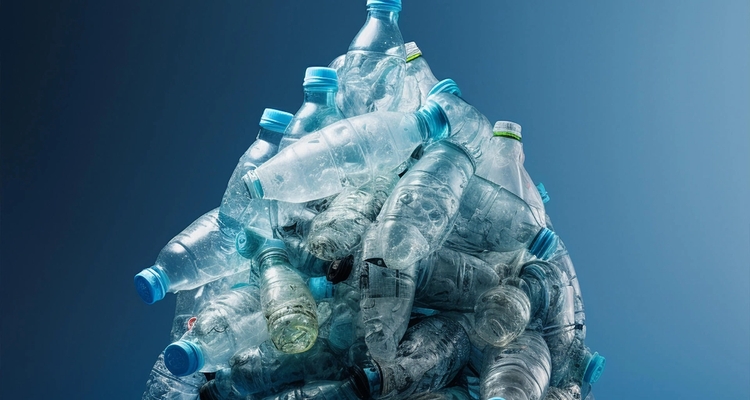
Our Ultimate Plastics Recycling Guide
By Natalie Lewis
Recycling can be confusing at times. With so many different rules to follow, it can be difficult to know what products can be recycled. And this gets complicated further by all the different rules and messages from local councils about the the ways recycling is disposed of and collected in your area.
But don’t fear, because we have created a guide to help you on your recycling journey, to help you gain an understanding of recycling etiquette!
According to the GOV.UK website, the total household waste accumulated in England was 27.7 million tonnes in 2021. Much of this waste generated gets thrown away when it could have been recycled: more than half of UK households place items that are recyclable into general waste bins.
So it’s clear that whilst attitudes towards recycling are widely positive, households are still struggling to implement and follow the UK recycling system.
Recycling is so important, as it helps to relieve pressure on limited resources by giving a new lease of life to used products. It also prevents staggering amounts of waste being sent to landfills, which stops a substantial volume of carbon dioxide being released into the atmosphere. As a result of recycling in the UK, it’s estimated 10-15 million tonnes of carbon emissions are saved each year.
This guide will help you understand the basics of recycling. However, if you are still struggling to understand what can be recycled at home, check out the Recycling Locator tool to understand what items can be put in your recycling bin and whether you have should have a food and garden waste collection.
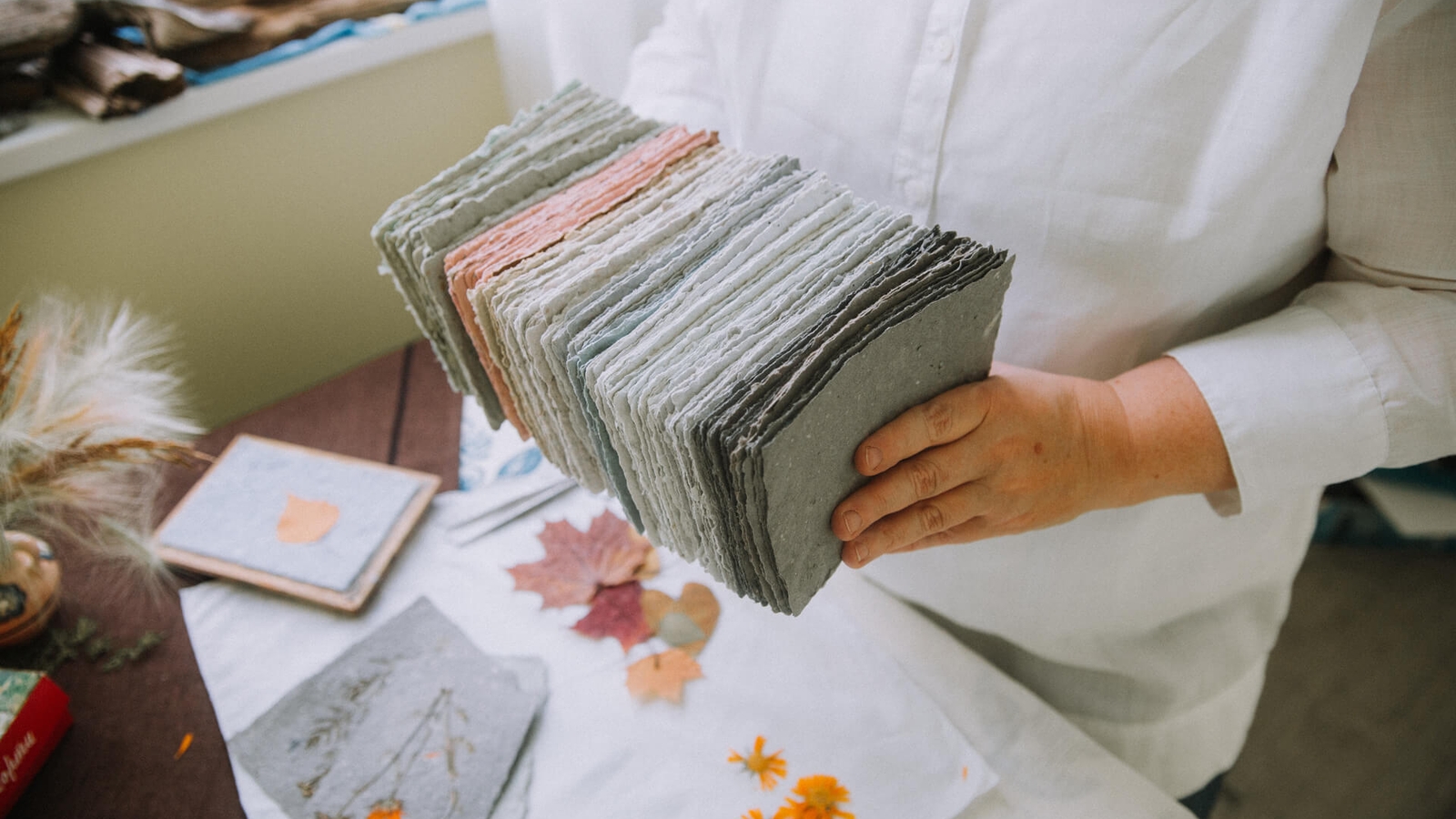
The History Of Recycling
The process of recycling first began in 9th century Japan, where they recognised the importance of paper fibres and began the process of reusing them. This invention steadily grew into the process we know today, with the popularity of recycling increasing in the UK due to the Second World War where shortages caused national food and product rationing. However, recycling in the UK didn’t become a staple until the 1960s when companies used the incentive of returning used bottles for cash.
With a growing awareness about the importance of recycling, our collection methods have also advanced. This includes the laws that have been passed to expand recycling on a national scale.
2003 saw the introduction of the Household Waste Recycling act, a law that required local authorities to provide every household with a separate collection of at least two types of recyclable materials by 2010.
In more recent times legislation has also been brought in by the UK Government. In in 2015 the 5p plastic bag charge was introduced to encourage consumers to reduce the amount of plastic bags they were using and discarding, instead encouraging reusing and using a ‘bag for life’. This price was later increased to 10p in 2021 and many supermarkets also have their own higher prices depending on the type of bag.
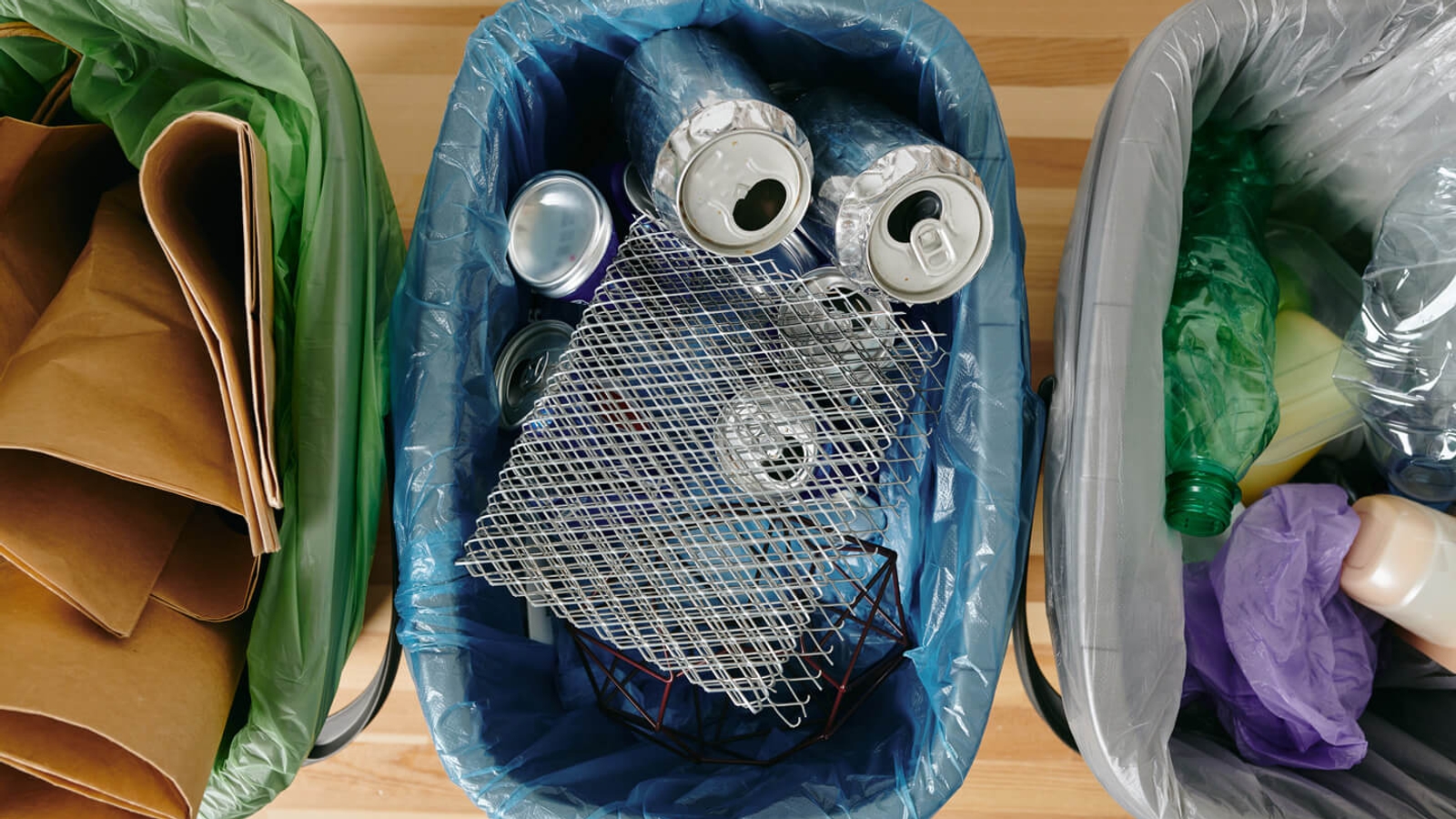
Starting Your Recycling Journey
A great way to begin implementing recycling into your daily life is by following these simple steps. First ensure you have the right bins or caddy, to do this you can contact your local authority. Most importantly check the waste collection date, as your recycling collection may be weekly or even monthly. Furthermore, encourage your household to help you recycle, persuade them to check whether items can be reused or recycled.
Remember, practice makes perfect! Don’t worry if you make a mistake, just try your best and carry on!
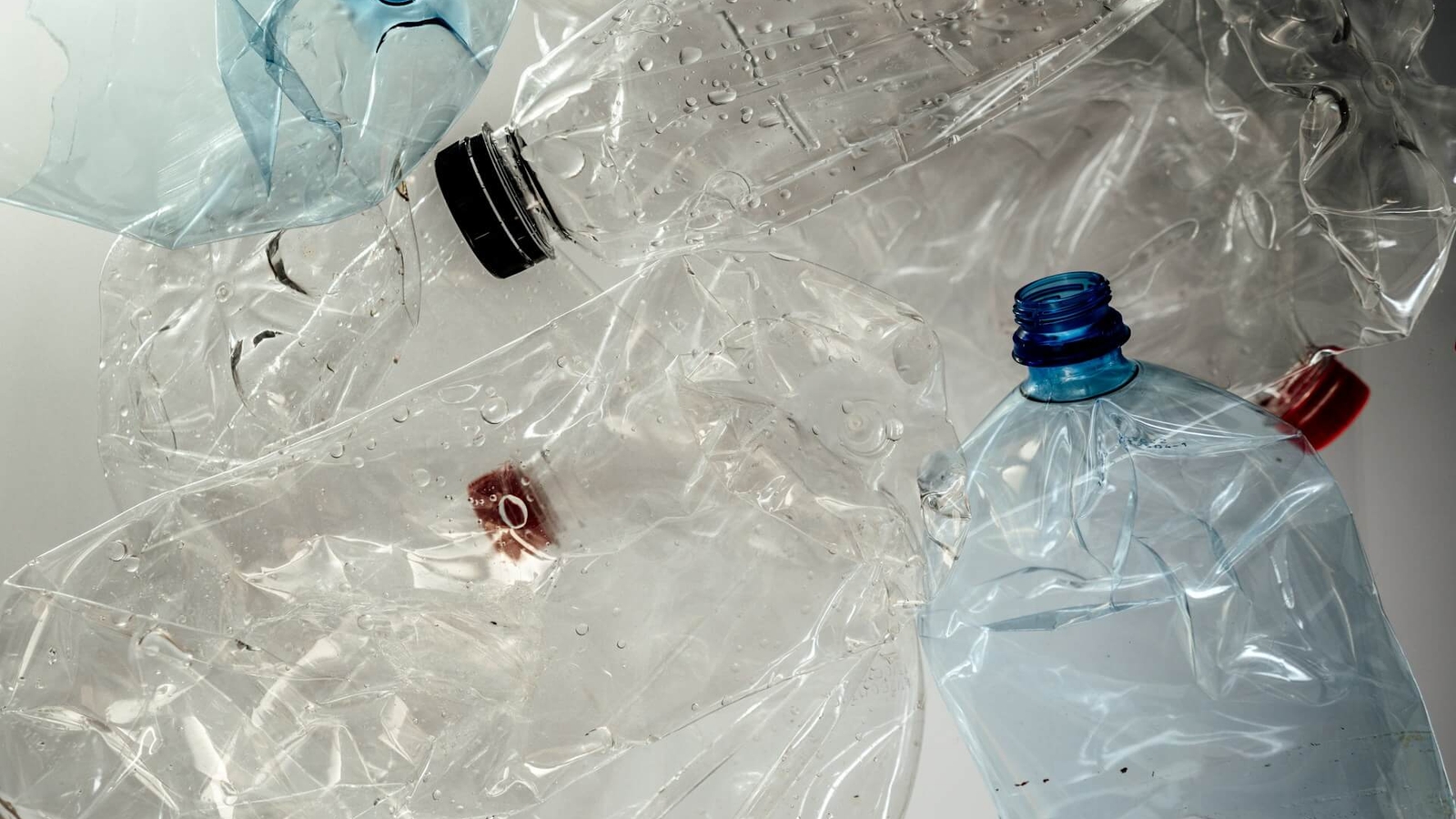
Recycling Plastic
Plastic is one of the most consumed materials in modern society. It is nearly impossible to not encounter products containing plastic on a daily basis. From packaging for food and drink, to plastic fabrics like polyester and nylon, plastic is an integral part of our daily lives.
To put this into perspective, one million plastic bottles are purchased every minute worldwide. Unfortunately, most plastic is created for single use, so it is important that we utilise this material as much as possible, as its durable properties make it useful, and therefore its lifespan should be optimised.
There are many different types of plastic that we need to be aware of when recycling, and some are easier to recycle than others. For example, rigid plastics like PET and HDPE plastics are easily recycled – that means everyday items like water bottles, biscuit trays, shampoo bottles and milk cartons.
Check what you can recycle with your local council to make sure you are recycling as many plastics as possible. Some supermarkets have now started to collect plastic bags and wrappers (LDPE plastics) for recycling. Therefore, it is possible to recycle plastics such as food pouches, crisps and sweet packets, delivery bags and salad bags at your local stores.
However, with all of these types of plastics, it’s important to remember to wash any food products out before they are recycled to prevent any contamination.
There are some types of compostable plastics that shouldn’t be put in your recycling bin or taken to supermarkets. The packaging should be labelled to help you understand the best way to dispose of it, but usually it will be either suitable for your garden compost bin (home compostable) or placed in your council/kerbside compost collection (industrially compostable). Food caddy liners are an example of this type of plastic, and should be recycled by composting them or being discarded with garden waste. However, you should check with your local authority to see what they take in kerbside compost bins.
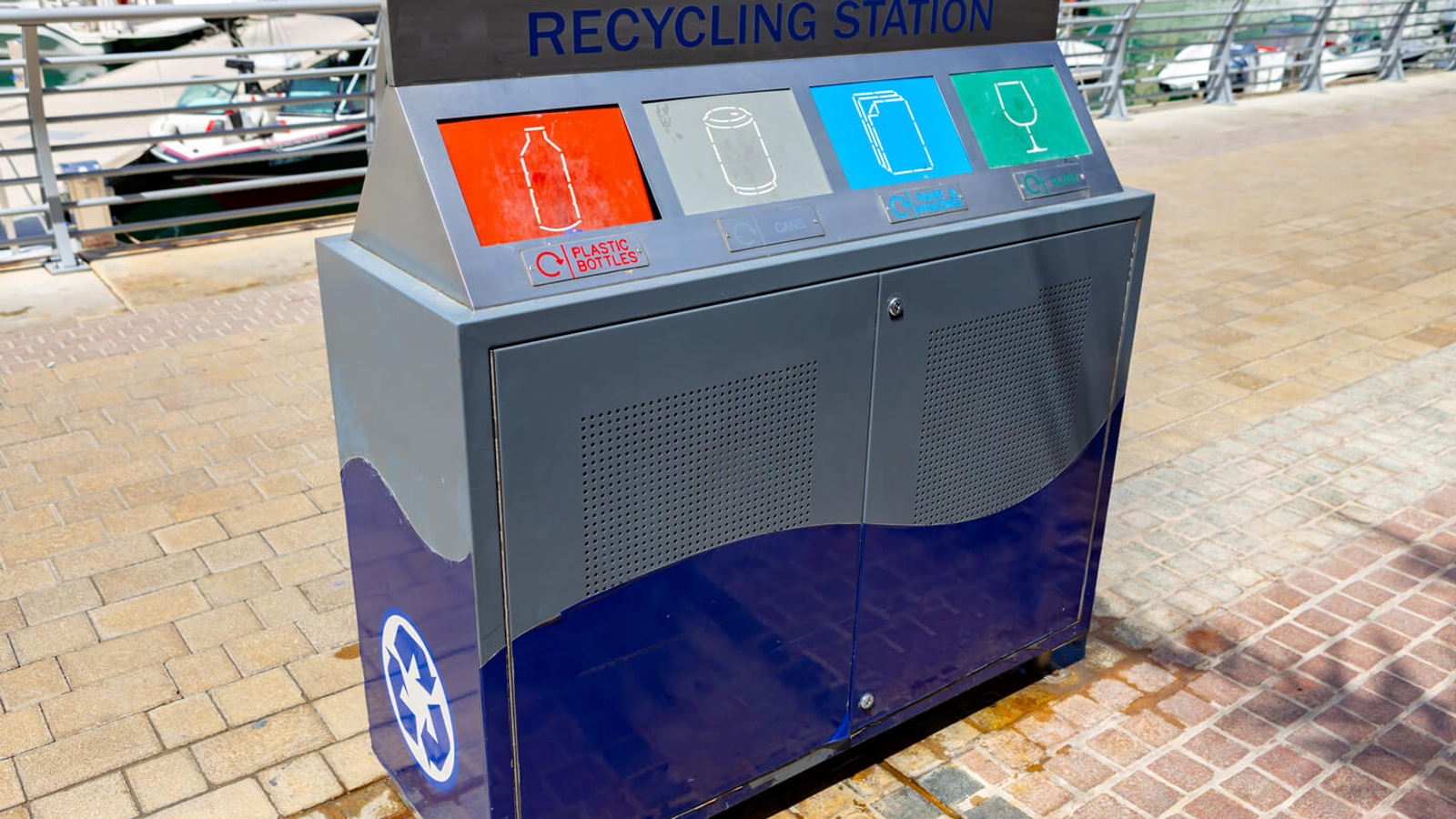
UK Recycling Labels Explained
Recycling labels can be confusing at times, however they are a great way to learn what type of plastic an item is made of and how to recycle it. Most products will include a label which instructs you on how to discard them.

Make sure to check out these labels on products you are finished with when disposing of them, but if you are still unsure contact your local council for reassurance.
Recycling symbols can be tricky to understand, however they portray a range of important information about the product which includes; if the item can be recycled, how to recycle it and if it is made of recycled materials.
There are some which aren't quite as clear and unified. Here's a roundup of many of these other symbols and what they mean.
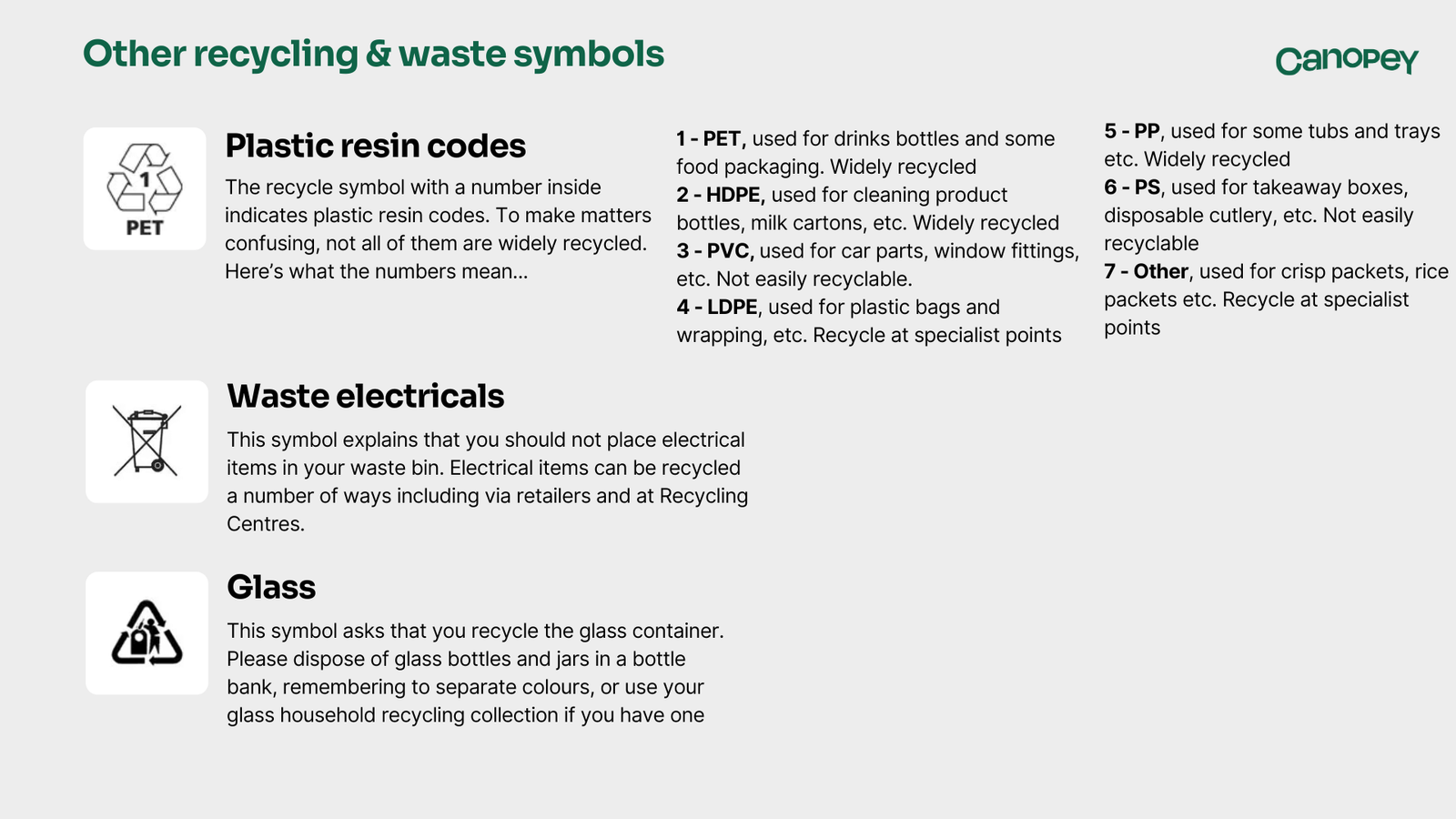
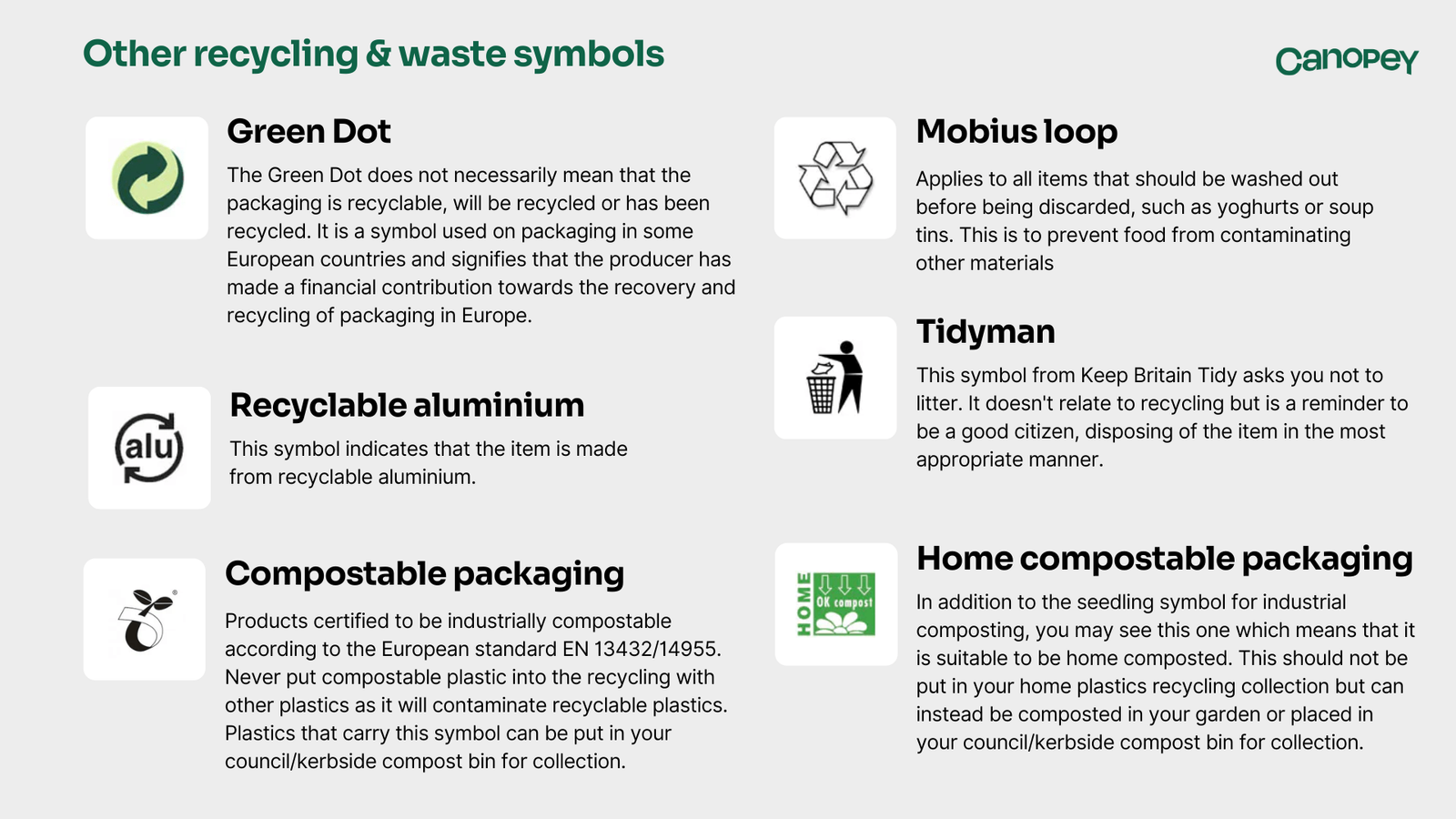
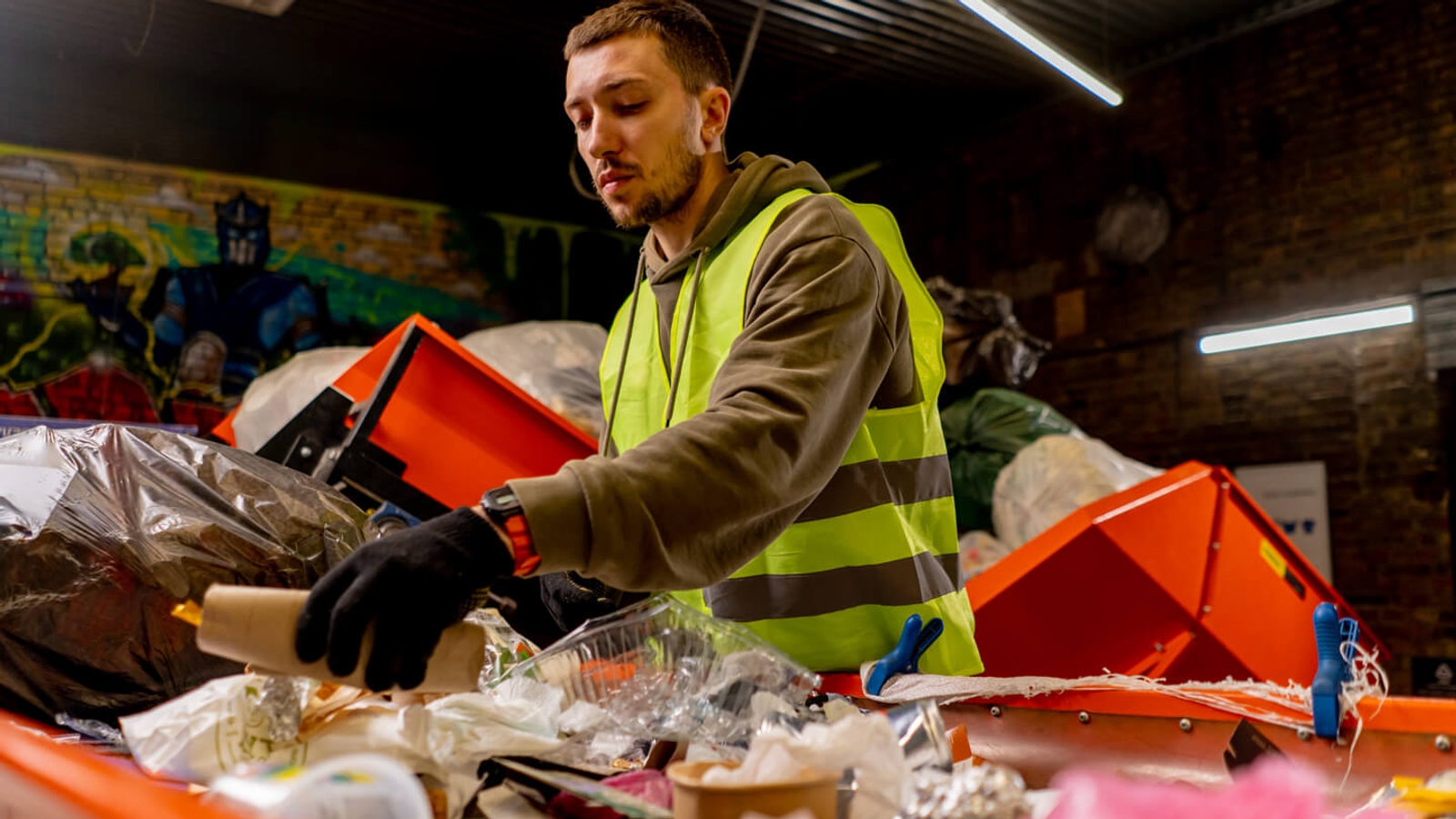
How To Recycle Mixed Materials
If an item contains more than one material it can make it difficult to recycle, as materials must be separated for this process to be effective.
An example of a mixed material product is a water bottle that has a different plastic body to the plastic used for the cap, or pump-action soap or shampoo bottles, which will use different types of plastic as well as metal springs. Products like these can cause problems for the recycling process as they are unable to be separated without intervention, which will halt the procedure and can be very costly.
While some products are easy to split up, many are not as easily divided. Single-use coffee cups are not as easily recycled as they appear, as while it may appear to be made from paper, the cup often includes a thin layer of plastic that keeps it from collapsing when liquid is poured into it. It’s for this reason that many end up in landfill.
When finished with mixed material products check with your local authority to see how you should dispose of them correctly, or visit your local recycling centre.
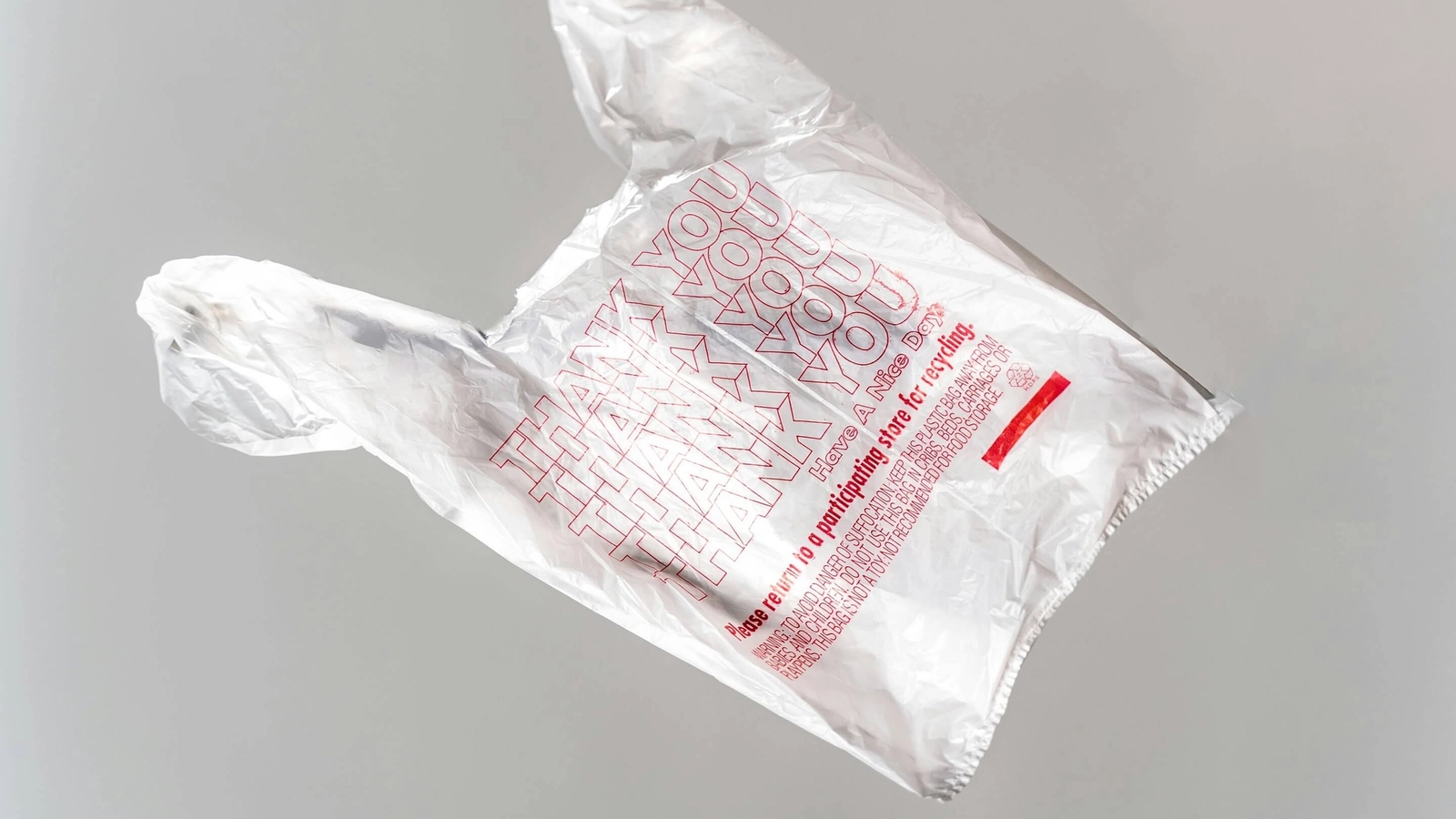
What To Do With Non-Recyclable Products
Contamination is a major problem for recycling facilities. Incorrect items entering recycling facilities slows down the production rate. A report by WRAP found that in the UK the rate of contamination was 21%. Non-recyclable products found in recycling facilities can cause damage to machinery if not caught and they often need removing by hand.
Non-recyclable waste usually ends up in landfills, along with a large number of contaminated recyclables. This means it is imperative that non-recyclables are separated before leaving your home, to ensure they don’t end up at landfills. Try reusing and upcycling non-recyclable products to give them a new lease of life, sell or gift them, or dispose of them properly in your general waste.
Hopefully this guide has made recycling easier for you, and remember you don’t have to be perfect! Small changes can make a big difference, so don’t be too hard on yourself, if you don’t get it right first time. If you are still feeling confused be sure to visit your local council website for more information on how to recycle.



